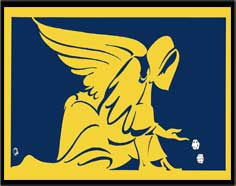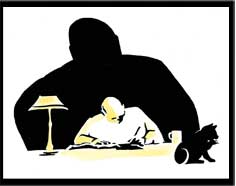Perce Galea
Perce Galea was major owner of illegal casinos from the 1950s to the 1970s. By the late 1960s were fourteen well-appointed casinos around the inner city where all sorts of people rubbed shoulders to play roulette and other games. The owners made huge profits, some of which was paid to police… Keep Reading














You must be logged in to post a comment.